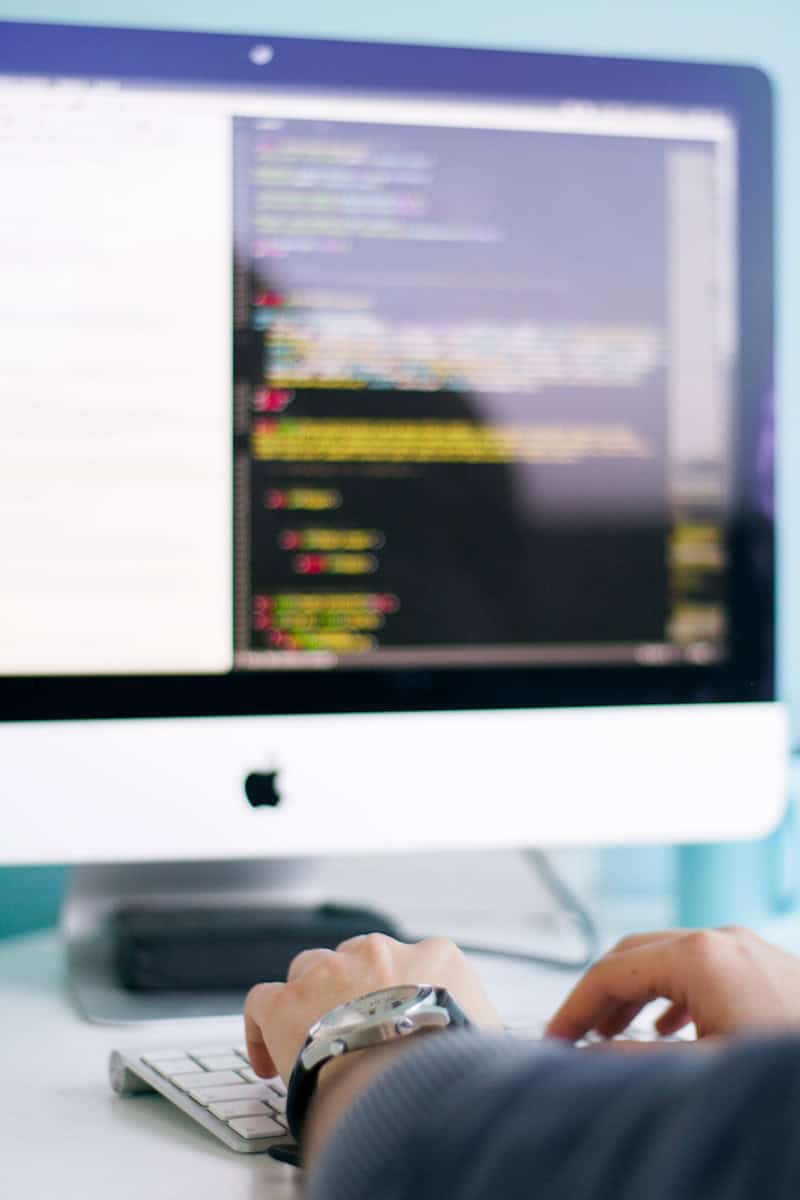When a computer slows down, it can disrupt daily tasks and reduce productivity. This issue can stem from a variety of causes, ranging from outdated hardware to overloaded software. Addressing the hindrance requires a step-by-step approach to identify and solve the root of the problem, ensuring the machine runs efficiently once more. Simple tasks such as managing startup programs and updating the operating system can have significant effects on performance.
Regular maintenance is essential for keeping a computer running smoothly. Removing unnecessary files, checking for malware, and optimizing the hard drive are practical steps that can help enhance performance. Users should also consider hardware upgrades, like adding more RAM or switching to a solid-state drive, for a more considerable improvement in speed.
The journey toward a faster computer begins with understanding what affects its performance. By concentrating on key areas such as software clutter, hardware limitations, and system settings, users can effectively breathe new life into their machines. With the right guidance, improving a computer’s speed is an achievable task for most users.
Speed Up Your Sluggish PC
Is your computer crawling like a snail? Don’t worry, you’re not alone. Many people face the frustration of a slow computer. Luckily, there are several things you can do to speed it up.
Software Solutions
Here are a few software tweaks to try:
- Close Unused Programs: Running lots of programs at once slows down your computer. Close any programs or browser tabs you don’t need.
- Restart Regularly: Restarting your computer clears temporary files and gives it a fresh start.
- Update Software: Make sure your operating system and apps are up-to-date. Updates often include performance improvements.
- Limit Startup Programs: Some programs launch automatically when you start your computer. These can slow down startup time. Use your computer’s settings to disable unnecessary startup programs.
- Check for Malware: Viruses and other malware can slow down your computer. Run a virus scan to check for any harmful software.
Hardware Upgrades
Sometimes, a simple hardware upgrade can make a big difference:
- More RAM (Memory): If your computer is low on RAM, adding more can help it run programs more smoothly.
- Solid State Drive (SSD): Replacing your old hard disk drive (HDD) with an SSD can significantly speed up your computer. SSDs are much faster at reading and writing data.
Regular Maintenance
Don’t forget about regular maintenance:
- Clear Disk Space: Delete unnecessary files and programs. You can also use a disk cleanup tool to remove temporary files and other junk.
- Defragment Your Hard Drive (if using an HDD): Defragmentation can help an HDD work more efficiently. However, SSDs do not need to be defragmented.
Common Causes of Slow Computers
| Issue | Possible Solutions |
|---|---|
| Not Enough RAM | Add more RAM. |
| Outdated Software | Update your operating system and applications. |
| Hard Drive Full | Delete unnecessary files, uninstall unused programs. |
| Malware | Run a virus scan. |
| Old Hard Drive (HDD) | Replace with an SSD. |
It’s normal for computers to slow down a bit over time. But with a little troubleshooting and care, you can keep yours running smoothly.
Optimizing Performance and Maintenance
To ensure a smooth-running PC, proper management of system resources, efficient software, and considering hardware upgrades are crucial.
Managing System Resources
A computer’s performance heavily relies on the effective management of system resources, such as RAM and CPU. One can free up RAM by closing unnecessary programs that run in the background. Windows users can also use built-in tools such as “Task Manager” to monitor CPU usage and stop any apps that are using too much power. It’s essential to have enough free disk space for the system to operate efficiently. Regular disk cleanup to remove temporary files and disk defragmentation (for HDDs) or trimming (for SSDs) are beneficial.
Enhancing Software Efficiency
Slow computers can often benefit from software optimization. Updating the Windows operating system and installing optional updates can improve performance and security. Web browsers should be kept up-to-date, as outdated ones can hinder speed and safety. Uninstalling unnecessary software, or bloatware, particularly those that load on startup, can make a significant difference. Running an antivirus program, like Malwarebytes, helps remove malware that might slow down the PC.
Hardware Upgrades
Upgrading PC hardware can significantly increase computer speed. If the RAM is low, adding more can be an effective way to improve performance. Replacing a conventional hard disk drive (HDD) with a solid-state drive (SSD) can greatly speed up boot times and file access. For those who don’t want to open their computer, using an external SSD through a USB port can also be an option. Consider using a USB stick as a temporary ReadyBoost if your system has a low amount of RAM.
Troubleshooting and Fixes
When a computer runs slow, it’s often due to high resource demand, outdated systems, or malware. The following steps can help restore the device’s efficiency.
Identifying and Removing Malware
Malware and viruses can slow a computer. It’s vital to run an antivirus program regularly. If the scan detects malware, the program will remove it. Programs like Malwarebytes are designed to locate and eliminate various threats, including potentially unwanted programs (PUPs).
Optimizing Startup and System Settings
Startup programs can drain processing power. To manage these:
- Open Task Manager (Ctrl+Shift+Escape)
- Click the Startup tab
- Disable items with high impact on startup
Additionally, adjust power settings for better performance:
- Open Control Panel
- Navigate to Power Options
- Choose a power plan tailored for best performance
Turning off unnecessary animations and processing power toward power-saving mode can also help.
Advanced Solutions
If basic steps don’t improve speed, consider the following:
- Restart the computer to clear temporary files.
- Defragment the hard drive (Defragment and Optimize Drives tool).
- Update Windows and drivers through Device Manager.
Advanced care should only be performed by those comfortable with these processes. Reinstalling Windows or using registry cleaners can be effective but might pose risks if done incorrectly. If internet is slow, resetting the modem or router, or upgrading the connection can help.







